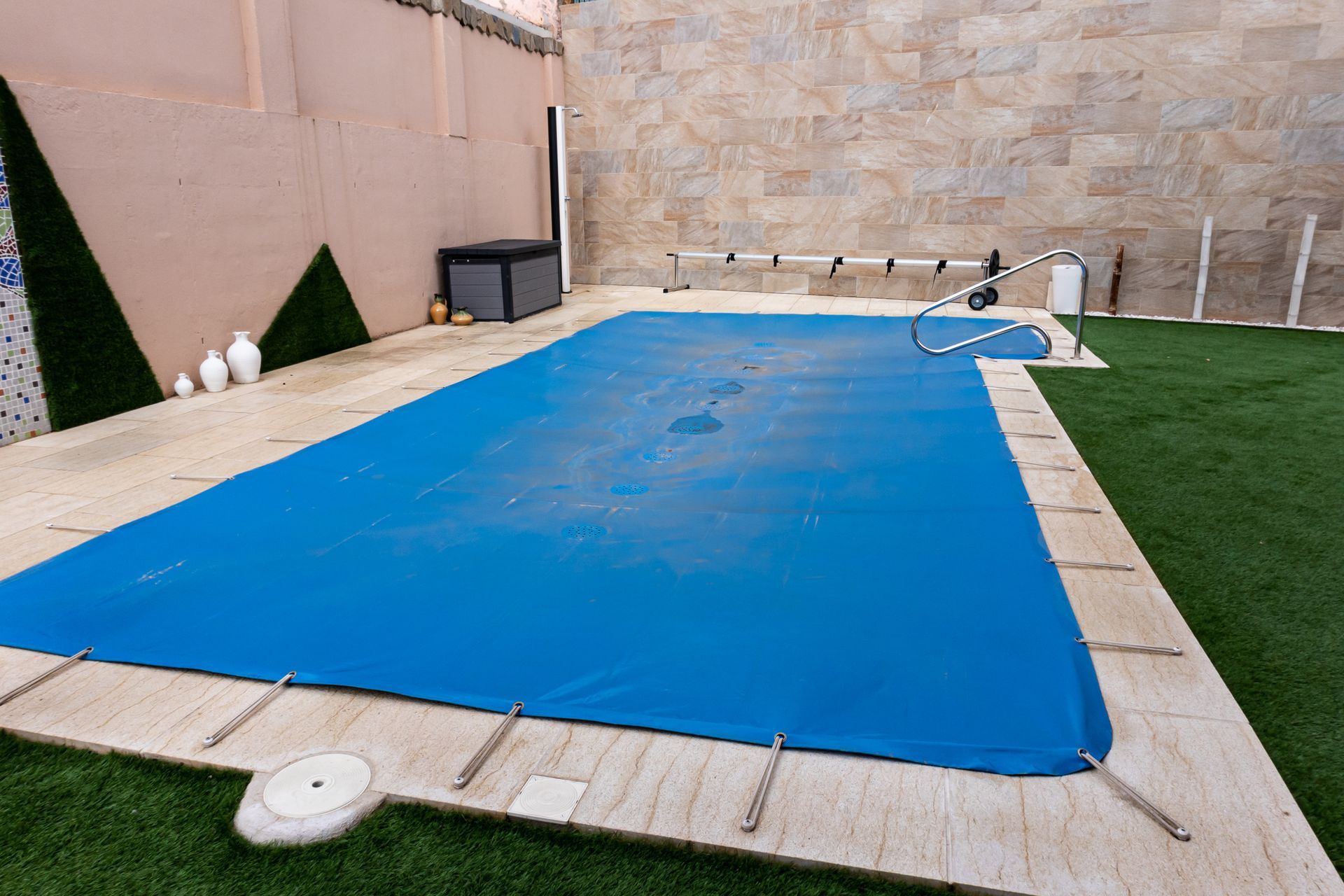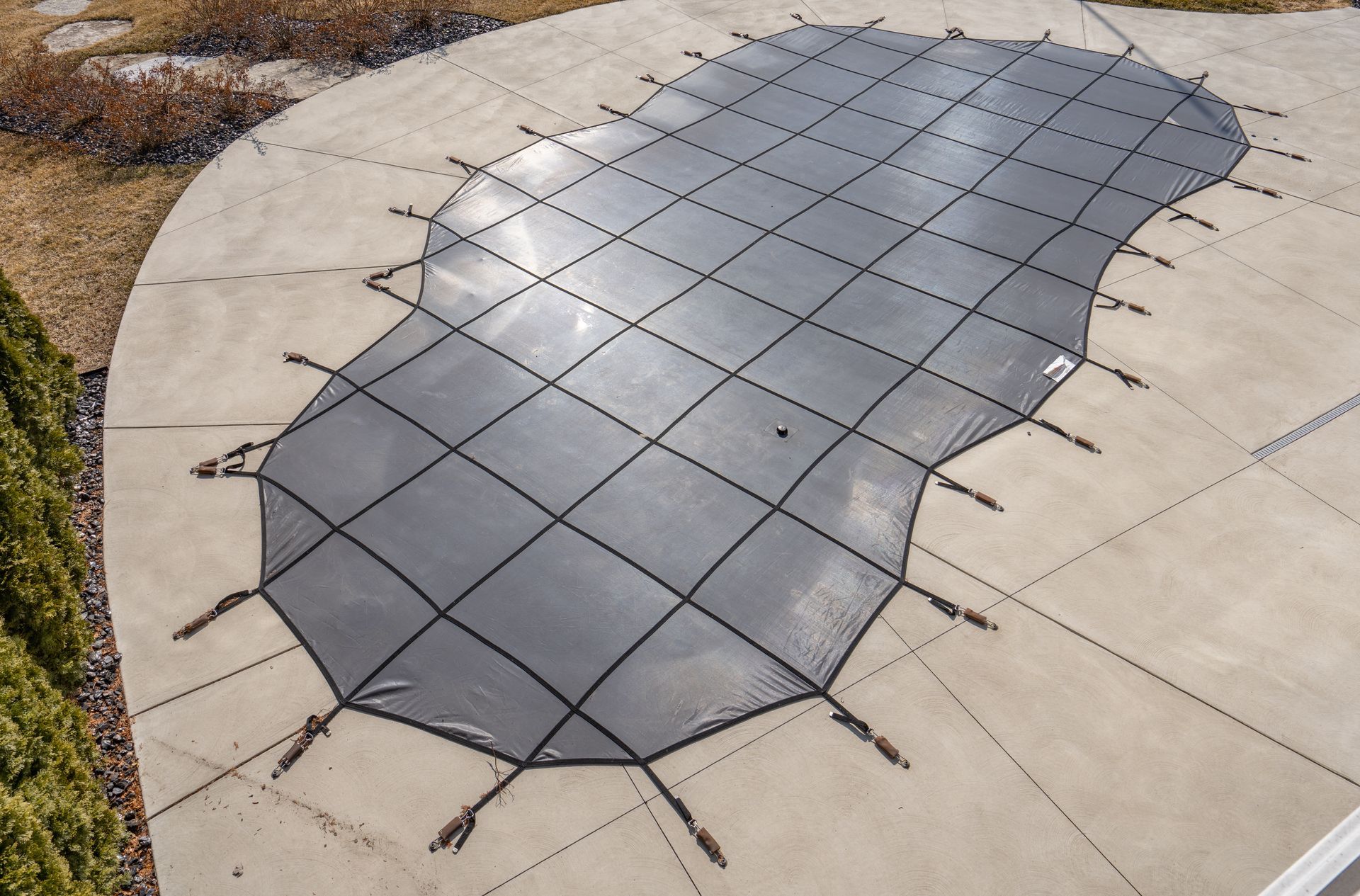By Eric Zima
•
September 26, 2025
Pools in Connecticut face a tough challenge once the temperatures drop. Unlike warmer states where pools may remain open all year, New England’s freezing winters require special preparation and care. Without the right steps, cold weather can cause costly damage to your pool structure, plumbing, and equipment. Here are the best pool care tips designed for Connecticut’s unique winter conditions. Lower the Water Level Correctly When preparing for winter, lowering your pool’s water level is one of the most important steps. This prevents ice from expanding into skimmers and damaging the tile or lining. Be careful not to drain too much, keeping some water in the pool helps support the walls against the pressure of snow and ice buildup. Winterize Plumbing and Equipment Frozen pipes are one of the biggest risks for Connecticut pool owners. Water being left in the pipes has a risk of freezing, expanding, and then bursting. Don’t forget to drain pumps, heaters, and filters during the pool closing process. Adding pool-safe antifreeze offers an extra layer of protection against freezing temperatures. Use Winter Chemicals for Protection Shutting down your pool for the season doesn’t mean ignoring water chemistry. Adding the right winterizing chemicals such as algaecides, chlorine shock, and stain preventers helps keep water clear and prevents algae or bacteria growth under the cover. Balanced water chemistry also protects your liner and equipment from corrosion during the off-season. Secure a Durable Winter Cover Connecticut winters bring heavy snow, wind, and ice, so a strong pool cover is essential. A high-quality safety cover not only prevents debris from entering but also shields against accidental falls. Regularly check for sagging, tears, or loose straps, especially after snowstorms, to keep your pool safe and protected until spring. Perform Mid-Winter Checkups Even after your pool is closed, it’s wise to check on it throughout the winter. Remove excess snow from the cover with a roof rake or even a leaf blower if the snow is light enough. Inspect water levels, look for ice damage, and ensure your cover remains tightly secured. Small mid-season checks can prevent big surprises when it’s time to reopen. Planning Ahead for a Smooth Spring Opening The effort you put into winter care pays off when spring returns. A properly winterized and monitored pool means less cleaning, fewer chemical adjustments, and a faster start to your swimming season. By staying proactive during winter, you’ll save time, money, and stress in the spring. Final Thoughts Connecticut’s winters may be harsh, but with the right pool care strategy, you can protect your pool year-round. Lower water levels correctly, winterize equipment, use protective chemicals, secure a durable cover, and check on your pool during the season. These steps ensure your pool weathers the cold safely so you’ll be ready to dive back in as soon as the sun comes out.














